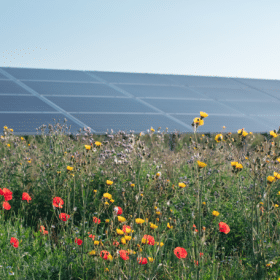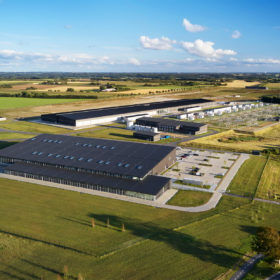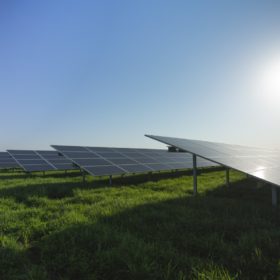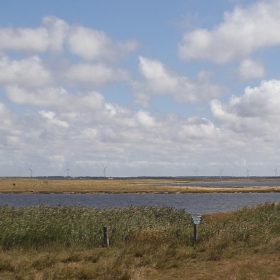More PPA-linked big solar under development in Denmark
Luxcara and Be Green want to build 415 MW of unsubsidized solar in Denmark. The authorities are planning four solar parks, with the electricity to be sold to power consumers under power purchase agreements.
Denmark’s Better Energy designs solar park for lowlands
Better Energy is developing a new pilot project to demonstrate how future solar parks can be built on restored wetlands, not only reducing CO2 emissions by producing green power, but also by restoring carbon-rich lowland areas to wetlands.
Apple data center in Denmark powered by 50 MW of solar
European Energy has built a solar array and is now constructing a wind farm to provide Apple’s data center in Denmark with 100% renewable energy. The PV project, which features bifacial panels, is the country’s largest unsubsidized PV installation in operation.
Unsubsidized 200 MW PV plant under construction in Denmark
Better Energy is building the project on cultivated organic agricultural land in the municipality of Holstebro.
Techno-economic analysis of PV-powered golf carts
Danish researchers have shown that adding 250 W solar panels to all of the buggies in a 50-cart fleet is a profitable investment. With an upfront investment of around €75,000, annual benefits of around €15,000 are possible, they claim.
Another 500 MW of unsubsidized solar for Denmark
German PV asset manager Encavis and Danish renewables company Greengo have already secured approval for one large project.
Finnish solar manufacturer gets Lithuanian factory purchase over the line
Appetite may have been lacking among private investors – at a time when global stocks are tanking amid Covid-19 and global recession fears – but the eco-friendly new Finnish government, and neighboring administrations, have stepped in to fill the breach.
Danish fjord to host 400 MW of solar
The Danish Energy Agency says there will be large scale PV projects in the Nissum Fjord area. One of the projects, under development by Better Energy in the municipality of Holstebro, has a planned generation capacity of 206 MW.
The weekend read: Past the Arctic Circle, one degree at a time
Solar has a small but increasingly important role to play in the Nordic energy transition. And while there is still a gap in PV cost-competitiveness across some markets, interest in solar facades, BIPV solutions and C&I applications is growing.
For a bigger battery, just add manganese
Scientists at the University of Southern Denmark working with sodium-ion batteries found that a new electrode material incorporating iron, manganese and phosphorous could increase both the power and capacity of the batteries.










